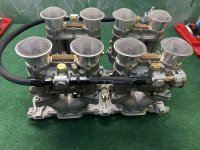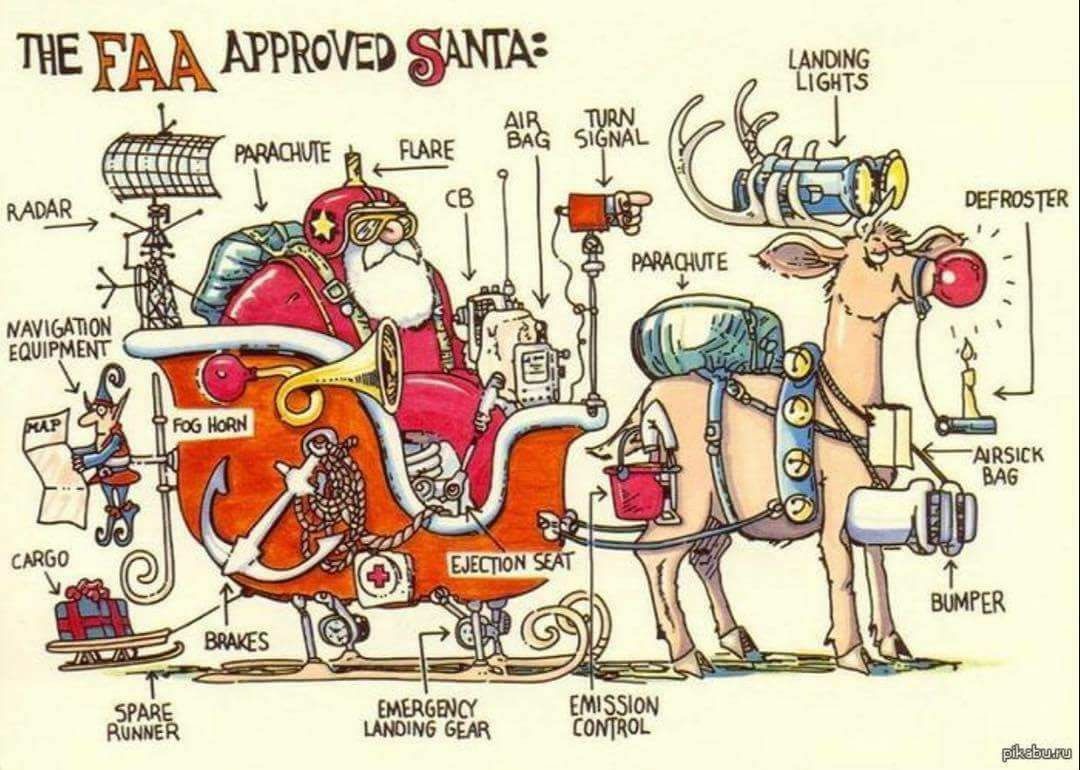Larry DeCamp
Well Known Member
We debate about ignition frequently. Why is there is no discussion about fuel ?
We have wing root filters, electric pumps and mechanical pumps in series, high quality filters, but it all goes through a float/ main jet or a distribution spider or fuel rail. The fuel rail may be the answer where the failure rate is divided by 4 or six injectors unless the ECU uses a common source of fuel.
It may be valuable to add your insight to this topic
We have wing root filters, electric pumps and mechanical pumps in series, high quality filters, but it all goes through a float/ main jet or a distribution spider or fuel rail. The fuel rail may be the answer where the failure rate is divided by 4 or six injectors unless the ECU uses a common source of fuel.
It may be valuable to add your insight to this topic






